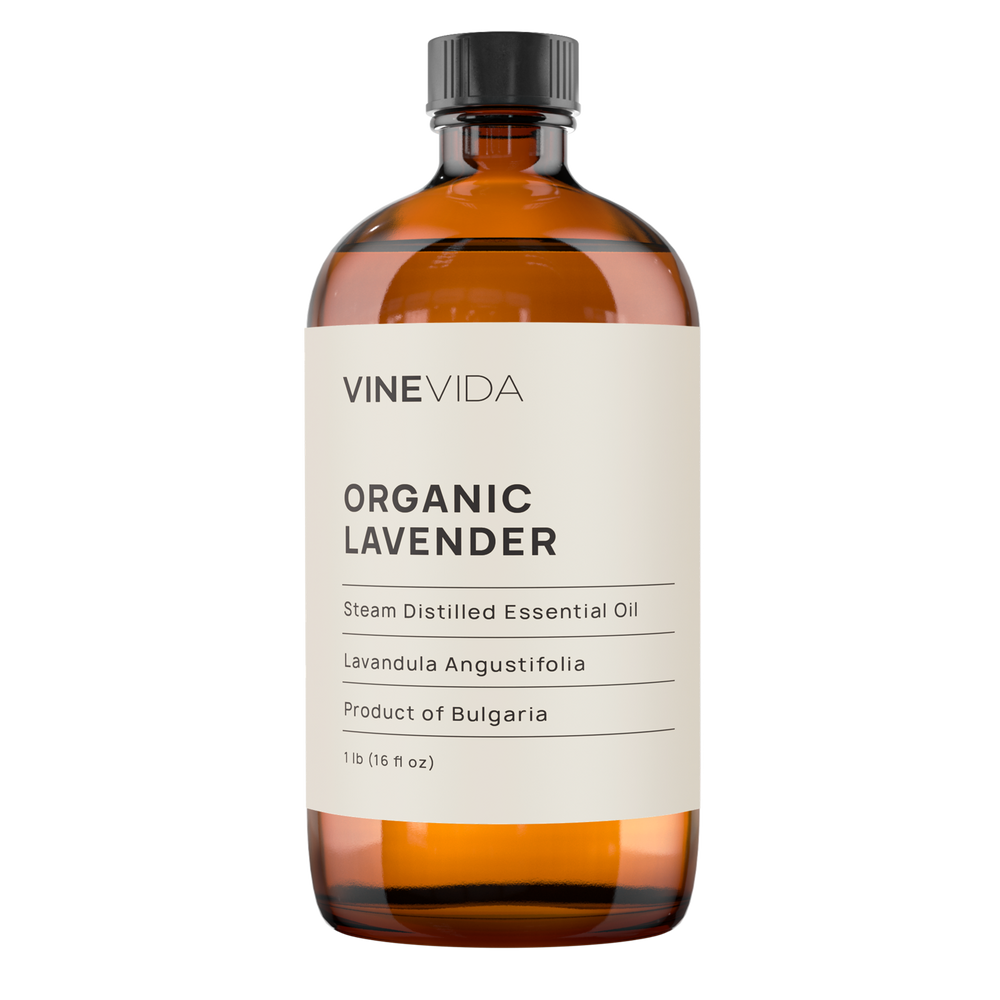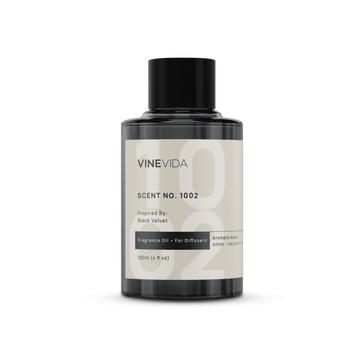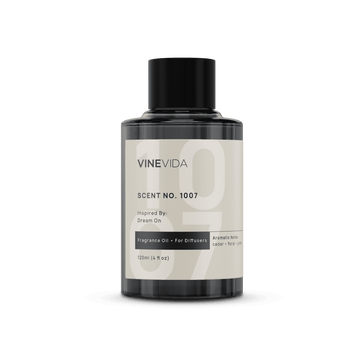When a child gets a temperature, it can be terrifying. Understandably parents often think about using essential oils for fevers. However, while there are some great cooling essential oils like spearmint and peppermint, they can be counterproductive to the body’s healing and, in some cases, can even be dangerous.
Today, we’ll consider some issues surrounding using essential oils for fevers.
Complementary Medicine…not Alternative…
Before we go any further, please remember that fevers can be very dangerous. Please do not just go into this, thinking essential oils for fevers are your only solution. Consider speaking to your physician if you are worried about “the patient.” Always speak to medical professionals about temperatures. They are likely to suggest keeping them cool with compresses; this would be exactly the way we would suggest using the oils. In very severe cases, though, they might suggest a visit to the emergency room. Again, oils can be used as soothing support while waiting to be seen.
ALWAYS SEEK MEDICAL ADVICE AROUND FEVERS.
Also Read: Best Essential Oil for Fever Blisters
Causes & Symptoms of Fever
Most people will get a temperature when they have an infection. Fevers are the body’s way of fighting it. Most bacteria and viruses thrive in normal temperatures. If you have a fever, your environment changes and becomes more hostile, making it harder for them to survive. A fever signals your body is attempting to overpower the pathogen and that your body's immune system has been activated.
In normal health, your body temperature is around 37 degrees. At 38, you are said to have a mild temp, 39 is considered high, and we’d expect to see this with something like flu, or COVID, for example.
Researchers at the University of Warwick have found that as temperatures rise, this switches the genes that regulate our immune system on and off. This is done through a pathway that regulates inflammation in the body. The proteins called Nuclear Factor kappa B (NF-κB) have low activity when body temperature is low, but as it rises, these switch on to activate the immune system. (Harper, 2018)
Also Read: Best Essential Oils for Colds
Safety Concerns & Side Effects of Using Essential Oils for Fever
Clearly, we can see now that bringing down the temperature is counterproductive. If we can avoid interfering with that process, we should.
But, fevers are related to seizures, and that’s terrifying in its own right. So let’s look at that.
Febrile seizures are usually associated with fevers above 100.4o However, it’s believed that they may happen because of abrupt and severe changes in bodily temperature. So then the problem is that if the temperature soars, we shove it down fast using peppermint, and we still create this risk.
If we are going to use essential oils for fever, then we use gentle ones in mild dilutions and let the body do its work.
Also Read: Best Essential Oils for Cold Sores
What Essential Oils are Good for Fever?
Depending on your desired effect, choose hot oils like cinnamon, black pepper, clove, or ginger that are also well known for immune support, or choose mildly cooling ones.
There is a particular word for agents that reduce fevers: Febrifuge.
Oils with a febrifuge nature are:
Eucalyptus, Black pepper, Palma Rosa, Peppermint, Spearmint, and Lemon Verbena.
Creating Your Essential Oil Blend for Fever
Use either one or a collection of three essential oils from the following list.
Eucalyptus
The eucalyptus tree has a tremendous affinity with fire. Australia often burns under the fierce sun; new healthier shoots spring forth as the plants burn. Eucalyptus is fantastic for supporting the body during fevers.
Black Pepper
Heating and immense support to the immune system.
Lavender
Cooling and soothing. Great if they feel anxious or are too hot to sleep.
Rose
Both rose, and lavender are proven to reduce one’s perception of pain. It is hypnotic and soothing, but it also makes you feel loved and cared for.
Neroli
Soothing, restorative, and cooling.
Petitgrain
Cooling and refreshing.
Peppermint
Lovely and refreshing, but as stated, the essential oil is potent and would certainly not be advised for use on children. Hydrolats, though, is gorgeous as refreshing spritzes.
Essential Oils for Children’s Fever
Both eucalyptus and peppermint contain constituents that can slow respiration. The last thing we want to do is add any more problems to the list, so avoid using either of these on children under six.
Choose gently soothing oils like lavender, chamomile, neroli, or rose.
Also Read: Best Essential Oil for Stuffy Nose
Important Things To Remember When Treating Kids’ Fevers With Essential Oils
When you look at most textbooks, they will give you maximum dilutions for essential oils. Most will say 3%, for example. But these dilutions are for strong, robust adults. We then say 2% for people in a weakened state and 1% for children.
In the case of an infection, I’d say use the essential oils for fevers at just 1 drop on a damp face cloth.
When do we say that, though, we acknowledge that since oils and water do not mix, even though it is just one drop…it’s actually 100% concentration isn’t it? We haven’t diluted it into carrier oil at all.
So, we want to protect the skin. The oil will travel through the cloth, of course, and so if you do feel more comfortable, by all means, smear some carrier over your skin first. However, it works to simply fold the cloth into a pad keeping the spit where you put the essential oil folded inside the pad.
Also Read: Best Essential Oils for Congestion
Suggested Ways to Use Essential Oils for Fever Treatment
Compresses
The best way to use essential oils for fever treatments is through compresses.
Nothing too radical.
Soak a face cloth in body temperature water, then squeeze it out. Put one drop of lavender, rose, or petitgrain essential oils on, then place it on the body.
Let the water temperature do the work. The essential oils simply support.
Leave the cloth for five minutes, then replace it with a new one.
Spritzes
Spritzes are the loveliest ways to keep calm and are gorgeous simply by using hydrolats.
However, making gentle and cooling essential oils into sprays is easy. (See recipe below).
Aqueous Cream
We would avoid using carrier oils for extreme temperatures because they feel uncomfortable. A better choice is to mix some oils into an aqueous cream. These feel gorgeously cooling when you put them on too.
Also Read: Best Essential Oils for Congestion
Sample Recipes for Using Essential Oils for Fevers
Soothing Lotion
- 50ml Aqueous Cream
- 4 drops Lavender Essential Oil (Lavandula Angustifolia)
- 2 drops Roman Chamomile Essential Oil (Anthemis Nobilis)
- 1 drop Black Pepper Essential Oil (Piper Nigrum)
Method of Use: Apply to their chest and back. Use as much or as little as possible and repeat as often as required. Use up to as often as every twenty minutes. Any excess will simply be disposed of through urination.
Safety: Not suitable for use during the first 16 weeks of pregnancy.
Spritz
- 100ml Water
- 1 tsp Vodka to help disperse the oil
- 3 drops Lavender Essential Oil (Lavandula Angustifolia)
- 1 drop Spearmint Essential Oil (Mentha Spicata)
Method of Use: Spray over and around the body.
Safety: No contraindications of use.
Other Home Remedies for Fever Treatment
Traditionally, the best natural remedy for a temperature is some kind of ginger drink. That makes perfect sense if you think about it because it makes you even hotter. Natural ginger root works well; some ginger wine with hot lemon and honey is even better.
Also Read: Best Essential Oils for Coughs
Takeaway
Please don’t rush in and smear someone with essential oils for fevers without thinking through exactly what you want to achieve. Do you want to encourage their immune system to work? If so, it makes sense to trigger the inflammatory pathway using oils like cinnamon or black pepper. Understand, though, that this could make them feel more uncomfortable.
The best approach might be to simply use soothing oils in cool compresses to help them feel more comfortable. Allow the body to heal itself. Given the space to do so, it often does know better than we do.
Also Read: Which Essential Oils are Good for Respiratory Support




















